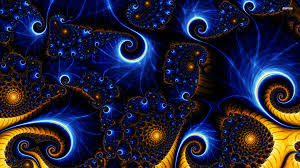In these pages I will report, every week, a
story from “Vedanta through stories”. Vedanta is the hindu philosophy of life,
and comes from the Vedas, the sacred books of Hinduism. These stories make it
easier to understand the teachings of the Vedanta, as they always show a moral.
The book is “Vedanta through stories”, by Swami
Sambuddhananda edited by Ramakrishna Math (Khar, Mumbai) and it comes from India. It was available in the library
during my yoga teacher training course and I used to read it during moments of
relax. At the end of the course, my teacher gave it to me (with many other
little gifts!).
I hope these stories will light you up as they
did with me. They always have a spiritual meaning we can put into practice in
our lives.
If anybody steals
your shirt give him the cloak also
Pavhari Baba was a great saint of Ghazipur. He
used to live in a cage on a bank of the Ganges and spend most of his time in
penance and meditation. One day while he was busy with his meditation, a thief
entered his cave and stole the only dish and lota (water pot) he possessed.
When after a few minutes, Pavhari Baba had finished his morning prayers and
meditation and got up from his seat where he saw the thief walking away from
the cave with these two articles. He reflected that the thief must be in great
need, and seeing that he had not taken his blanket as well, took it uo and
began to walk in the direction of the thief, trying to catch him up. The
latter, however, thinking that Pavhari Baba wanted to catch hold of him,
started running. The saint said, “Don’t be afraid of me in the least. I am not
going to hand you over to the police. You must be in greater need than I, and I
am coming to give you my blanket which you have left behind.” The thief, amazed
at the great generosity of the saint, came and fell at his feet. He turned over
leaf completely, abandoning his evil ways of life. It is said that the thief
later on became a saint of high order.

